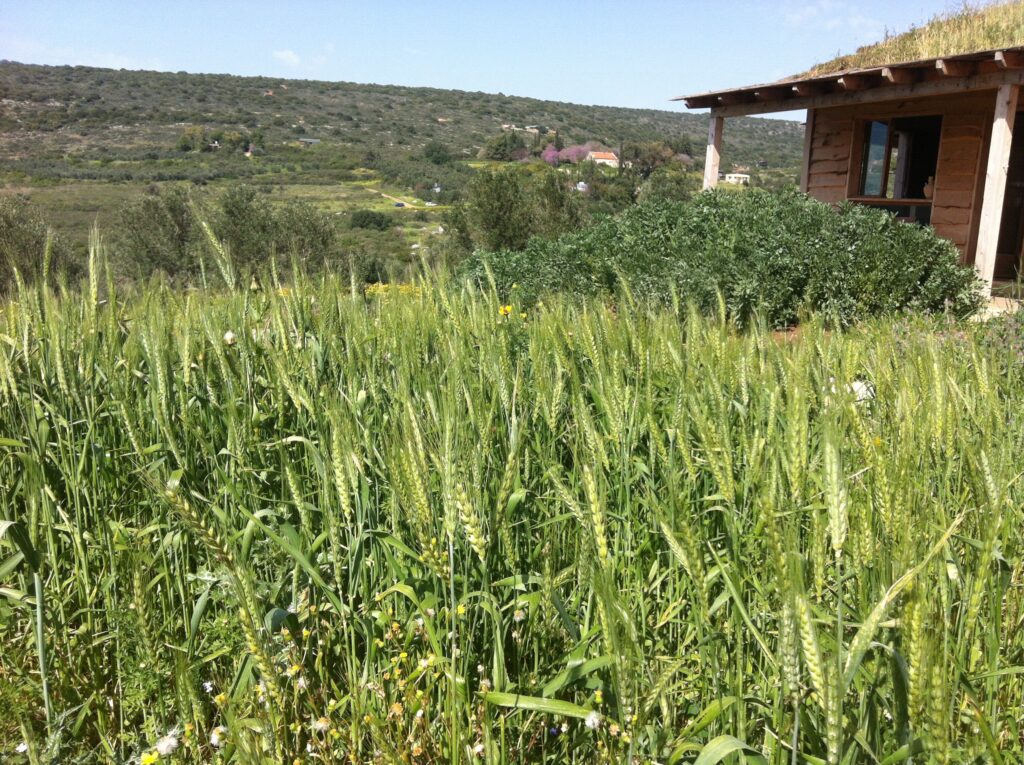In recent years, scientists are increasingly requested to make science accessible to the general public. This accessibility will help promote scientific knowledge sharing and obtain public support for science.
The research goals were to identify the common themes to science education and science communication and to explore how various stakeholders view these themes. We also looked into the background of establishing the Bashaar website, an Israeli academic website that gives teachers and students the opportunity to pose questions directly to leading faculty and researchers. We mapped and documented the usage of the website, and analyzed the questions posted on it.
About 350 participants were divided into four groups based on their career stage or occupation and scientific literacy level: (a) scientists, (b) science, technology, engineering and mathematics (STEM) undergraduate students, (c) teachers, and (d) social science undergraduate students, who represented the educated public. Research tools included interviews and open-ended questionnaires for documenting and analyzing the stakeholder views on three themes. Findings revealed that the views ranged from the deficit model to the dialogue model. Teachers, and to some extent scientists, favored a unidirectional communication channel. Conversely, STEM students expressed attitudes in favor of the dialogue model and suggested bidirectional knowledge sharing. Social science students and some of the scientists were in the middle of the spectrum. For each of the three themes we established categories that enable science communication researchers, as well as science educators, to systematically further analyze the process, product and stakeholders of science communication.
Research results regarding the Bashaar website indicated that most of the students were highly satisfied from the professors’ responses to their questions and highlighted the website role in providing expert thoughts on complex questions. The assessment of the participants’ responses showed that overall the website strengthened the communication among scientists, teachers, and students, and contributed to deepening the scientific knowledge of both teachers and students.











